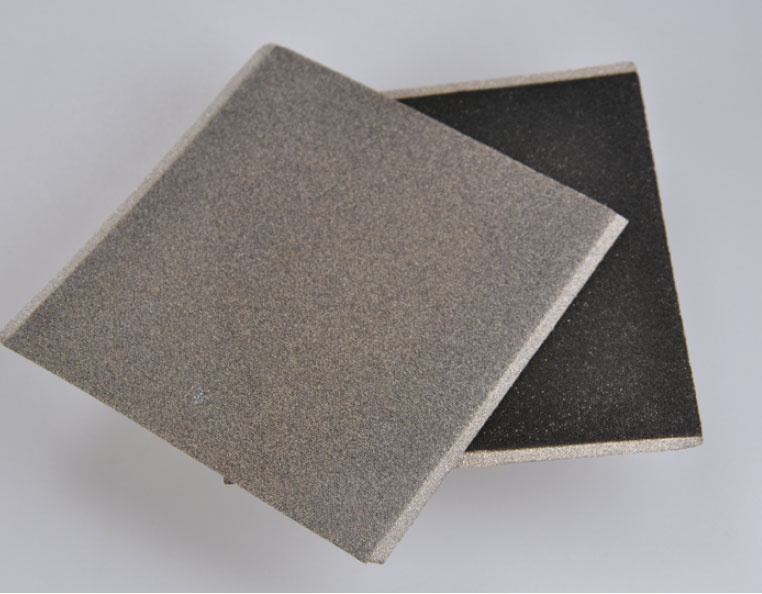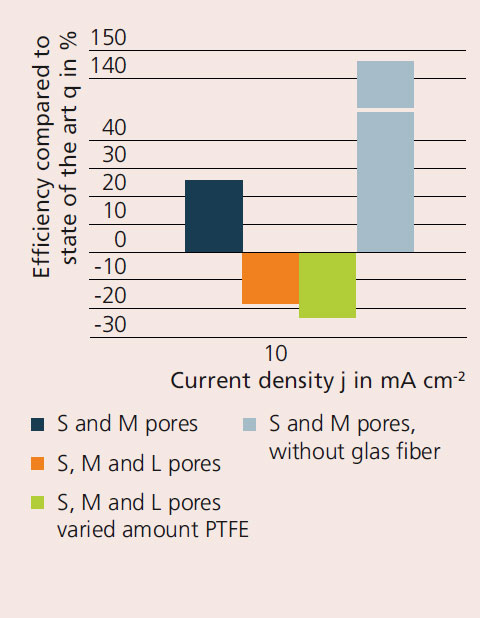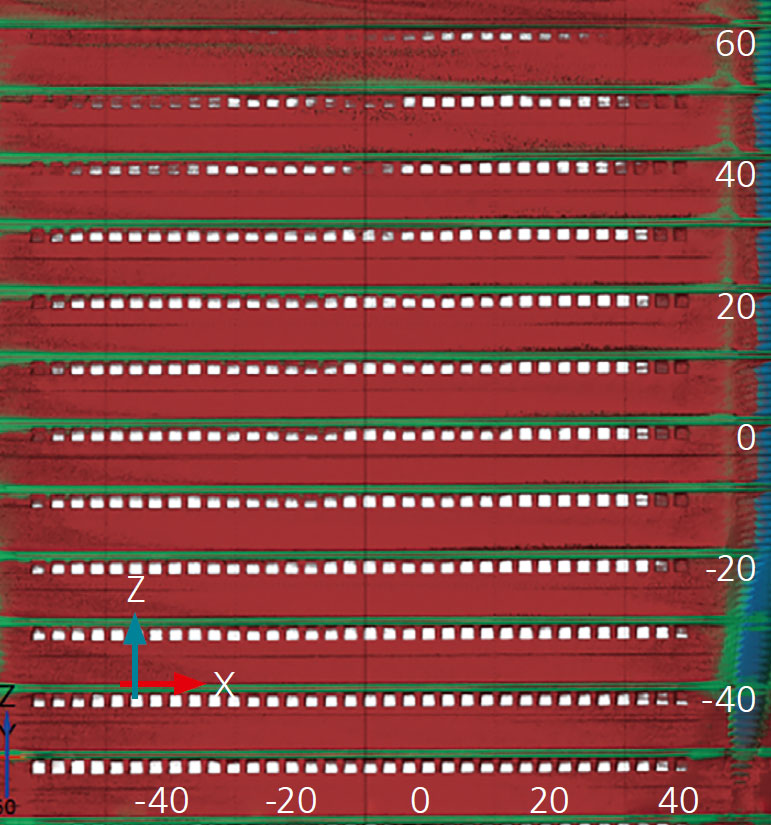
Trends in alkaline and AEM water electrolysis for green hydrogen
Current research




The alkaline (AWE) and anion exchange membrane water electrolysis (AEMWE) will continue to produce the world‘s largest share of green hydrogen in the future. Fraunhofer IKTS is setting new trends on the materials and components side and supports the market ramp-up with development services.
The start – electrode architecture
IKTS developments of bi-functional electrodes for oxygen reduction and evolution make it possible to derive insights for an optimized electrode architecture. During electrolysis, the relevant physicochemical processes need to be harmonized: oxygen conversion, electron conduction and e.g. simultaneous transport management of liquid and gas phases. The latter in particular is much more demanding compared with purely gas-based systems, such as PEM or SOEC fuel cells. The results presented in the central figure show that an intelligent layer structure of 3D electrodes in a zero-gap design leads to improved transport or removal, respectively, of product gases, and in turn to increased electrolysis activity.
Methods for reducing CAPEX in alkaline and AEM water electrolysis
Installation costs (CAPEX) for hydrogen production by water electrolysis are evaluated in relation to the respective power consumption. Thus, increasing the amperage while keeping costs constant is an important lever for reducing CAPEX. Beside adapting electrode architectures, such increase can be achieved by varying the core components of the water electrolysis. Fraunhofer IKTS is developing ceramic coatings for electrodes, fully inorganic, scalable diaphragms and high-performance flowfields. In particular, the development of components for increasing temperature and pressure are promising tools for increasing performance. These merge into a productionready stack design (electrochemical flow cell reactor in filter press design). With various possibilities for the post-mortem analysis of stacks (e.g. industrial computer tomography, impedance spectroscopy on components etc.) design decisions can be made based on a solid data base.
Development of electrolyzer systems and automated stack manufacturing
At the Fraunhofer IKTS site in Arnstadt, electrodes and stacks are being developed with a particular focus on digital processes. One core element of these efforts is the engineering of highly automated test stands with up to 10 kW or more for liquid electrolysis, from PEM to AEM to alkaline. In addition, test fields and containers are provided on open spaces, e.g. for 20 kW medium-temperature electrolysis. Automated stacking of large-area stacks for alkaline and AEM water electrolysis is another priority. A broad range of 6-axis industrial robots is available for this purpose. These are integrated into an automated, vision-based manufacturing concept for stacks in alkaline and AEM electrolyzers. The latter can have an active area of up to 6400 cm2 or more with an end plate weight of up to 200 kg.
Sponsored by

